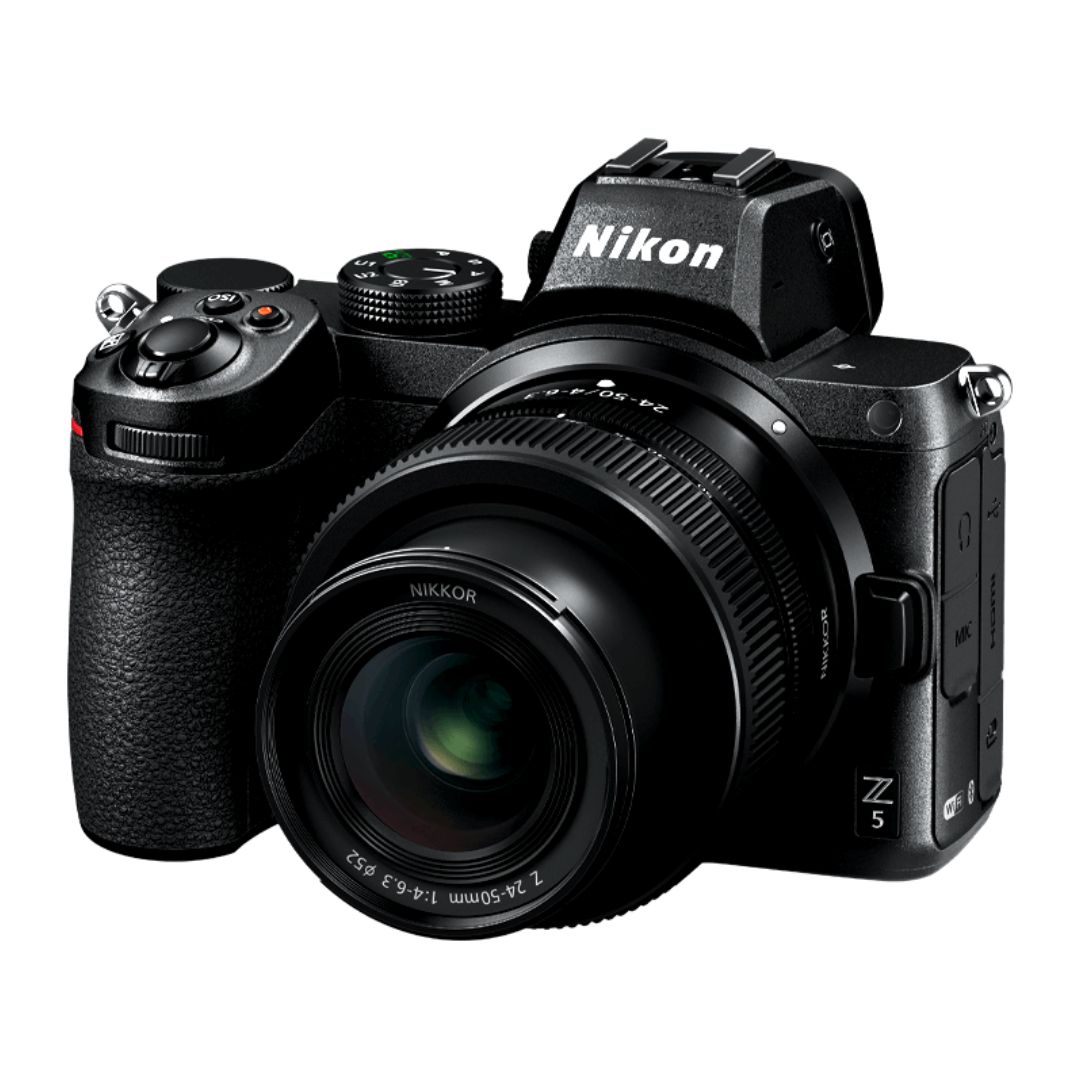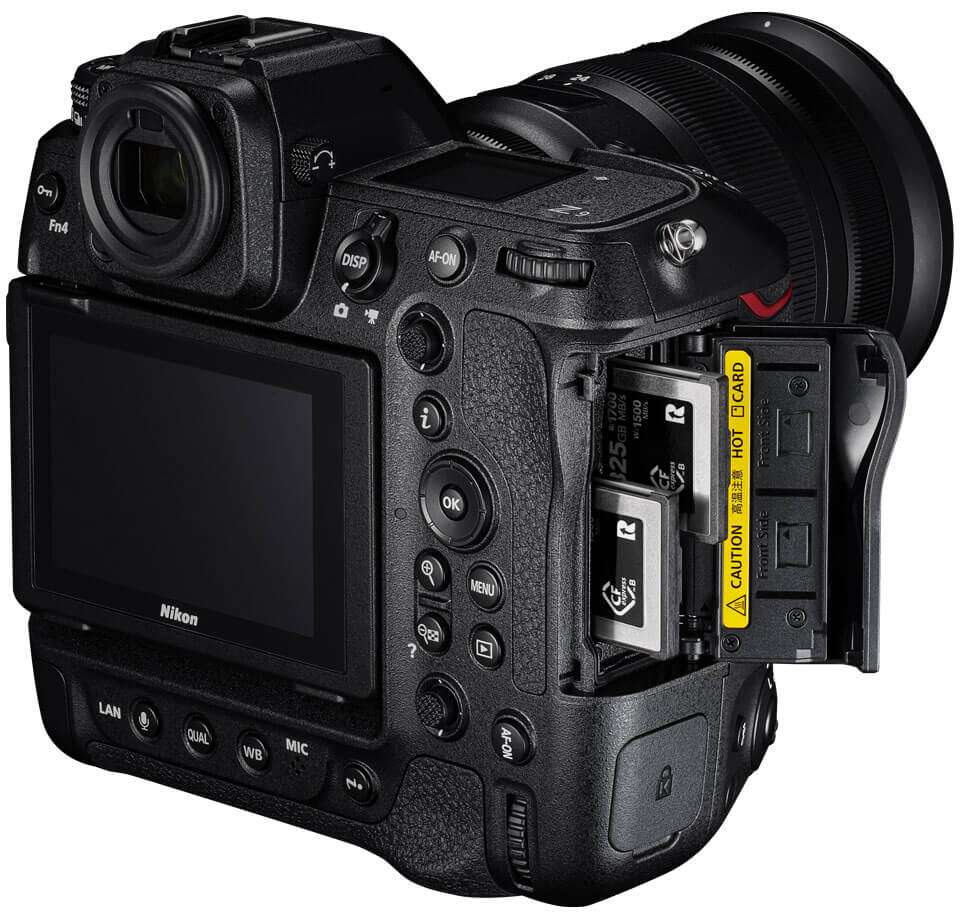Photography is more than capturing moments; it’s about telling stories, conveying emotions, and making a statement. Bold photography does just that—it reflects confidence, strength, and presence. Whether you’re a professional photographer or an enthusiast, understanding how to capture bold images can elevate your work and help subjects shine in their truest form. This guide explores the essence and art of bold photography, offering insights into techniques, composition, lighting, and editing that enhance the confidence exuded in each shot.
1. What is Bold Photography?
Defining Boldness in Photography
Bold photography is characterized by striking compositions, strong colors, powerful emotions, and dynamic poses. It’s about capturing a subject in a way that exudes confidence and authority while maintaining authenticity.
Why Bold Photography Matters
- It highlights personality and presence.
- It creates impactful imagery that commands attention.
- It evokes strong emotions in the viewer.
- It can be used effectively in branding, fashion, and personal portraits.
2. Elements That Contribute to Bold Photography
1. Expression and Emotion
Confidence is most apparent in facial expressions and body language. Encourage subjects to channel emotions like determination, pride, or fearlessness.
2. Strong Composition
Bold photography often features:
- Tight framing to eliminate distractions.
- Dynamic angles for dramatic effects.
- Leading lines to draw the viewer’s eye.
- Asymmetry to break the monotony and create uniqueness.
3. Use of Colors and Contrast
- Bold images often include vibrant colors that stand out.
- High contrast between subject and background enhances the focal point.
- Black-and-white photography can also be bold through stark contrasts and deep shadows.

3. Camera Settings for Bold Photography
Aperture (f/1.8 – f/5.6)
A wide aperture (low f-stop) helps isolate the subject and blur the background, making them stand out more prominently.
Shutter Speed (1/250s or faster)
A fast shutter speed captures confident, sharp expressions without motion blur.
ISO (100-400 for daylight, 800+ for low light)
Maintaining a low ISO reduces noise, keeping the image crisp and sharp.
Lens Choice
- 50mm prime lens for a natural perspective.
- 85mm portrait lens for stunning headshots.
- 24mm wide-angle lens for dynamic storytelling.
4. Lighting Techniques for Bold Photography
1. Natural Light
Using sunlight at golden hour enhances bold expressions without harsh shadows.
2. Studio Lighting
- One-light setup: A single directional light creates dramatic shadows.
- Three-point lighting: A combination of key, fill, and backlighting ensures depth and contrast.
3. Hard Light vs. Soft Light
- Hard light (direct sun or strong artificial light) creates intense shadows for boldness.
- Soft light (diffused light from clouds or softboxes) reduces harshness while maintaining impact.
5. Posing for Confidence and Boldness
1. Strong Posture
Encourage subjects to:
- Stand tall with shoulders back.
- Place hands confidently on hips or pockets.
- Maintain direct eye contact with the camera.
2. Expressive Gestures
- Experiment with arms and hands to add energy to the pose.
- Utilize movement (hair flips, mid-step shots) for dynamic compositions.
3. Facial Expressions
- A slight smirk or serious gaze adds attitude.
- Avoid forced smiles—authenticity is key.
6. Composition Techniques for a Bold Impact
1. Rule of Thirds
Placing the subject off-center creates balance while keeping the focus strong.
2. Leading Lines
Using natural or architectural lines directs attention toward the subject.
3. Negative Space
Allowing empty space around the subject emphasizes confidence and presence.
4. Close-Ups
Tight framing highlights emotions and removes distractions.
7. Editing to Enhance Boldness
1. Contrast and Clarity Adjustments
Increasing contrast and sharpening details brings out strength in the subject’s features.
2. Vibrance and Saturation
Boosting colors slightly can make an image pop without making it look unnatural.
3. Dodge and Burn
- Lightening (dodging) highlights the face.
- Darkening (burning) deepens shadows for depth.
4. Selective Color Editing
- Emphasizing reds and yellows enhances warmth and power.
- Muting backgrounds allows the subject to stand out more.
8. Applying Bold Photography in Different Genres
Fashion Photography
- High-contrast and edgy lighting make a statement.
- Strong poses and confident expressions bring images to life.
Portrait Photography
- Authentic emotions and direct eye contact create a bold presence.
Street Photography
- Capturing raw and unfiltered moments tells powerful stories.
Branding and Marketing
- Bold imagery reinforces a strong brand identity and message.
9. Common Mistakes to Avoid in Bold Photography
1. Over-Editing
Too much editing can make an image lose its natural confidence.
2. Weak Poses
Uncertain or awkward poses can diminish the bold effect.
3. Distracting Backgrounds
A cluttered background takes away focus from the subject.
4. Poor Lighting Choices
Inconsistent lighting can make an image feel unbalanced.
10. Conclusion: Embracing Art of Bold Photography
Bold photography is an art form that requires a mix of confidence, composition, lighting, and post-processing. Whether shooting portraits, fashion, or street photography, incorporating these techniques will help create images that capture and express confidence effortlessly.
By mastering bold photography, you can make your subjects feel empowered and produce visuals that leave a lasting impression. Start experimenting today and let your images speak with authority!

Sony Alpha a7 IV: The Ultimate Camera for Photography

Nikon Z5 Review: Is It Worth It?
-

Nikon Z9 : Game-Changer for Photography
-

Top Features of Nikon D850 That Make It Ideal for Portfolio Shoots
Sony Alpha a7 IV: The Ultimate Camera for Photography
Explore the Sony Alpha a7 IV in this complete 2025 review. Learn how its pro-level features, real-world performance, and hybrid flexibility make it the ultimate camera for photography across genres like portraits, weddings, travel, and commercial work. Table of Contents Section 1: Introduction – Why the Sony Alpha a7 IV Stands Out The Sony Alpha…
Nikon Z5 Review: Is It Worth It?
In 2025, photographers—whether hobbyists, content creators, or professionals—seek equipment that blends value, performance, and future-readiness. Enter the Nikon Z5, a full-frame mirrorless camera marketed as a gateway to high-end imaging without a flagship price tag. But how well does it hold up under real-world demands like studio shoots, weddings, landscape adventures, and lifestyle photography? In…
Nikon Z9 : Game-Changer for Photography
Discover why the Nikon Z9 is considered a true game-changer for photography. This in-depth Nikon Z9 review explores key features, real-world performance, and how it excels in professional photo shoots in 2025. Table of Contents 1. Introduction The photography world witnessed a significant shift with the launch of the Nikon Z9, a flagship mirrorless camera…
Top Features of Nikon D850 That Make It Ideal for Portfolio Shoots
Discover why the Nikon D850 is the ultimate DSLR for portfolio shoots. Explore its top features—from resolution and dynamic range to autofocus precision and workflow speed—that help photographers create stunning, high-impact images for professional portfolios. Whether you’re a portrait artist, fashion photographer, or visual storyteller, a portfolio shoot demands technical excellence, creative flexibility, and uncompromised…
Candid Moments with Canon EOS R10: Lightweight & Reliable
In the evolving world of mirrorless photography, the Canon EOS R10 stands out as a lightweight yet powerful camera tailored for real-life storytelling. Whether you’re photographing street scenes, family gatherings, weddings, or spontaneous portraits, capturing genuine emotion requires a responsive and discreet tool. This article dives deep into how the Canon EOS R10 excels in…
Bold Portraits with Canon EOS R5: Is It the Best for Work?
Studio photography has always demanded precision, artistry, and impeccable gear. As the expectations for commercial portraits, fashion campaigns, and editorial work continue to rise, the tools we use must evolve. Enter the Canon EOS R5, a camera that has stirred the professional waters with its impressive technical specs and forward-thinking design. In this comprehensive Canon…


